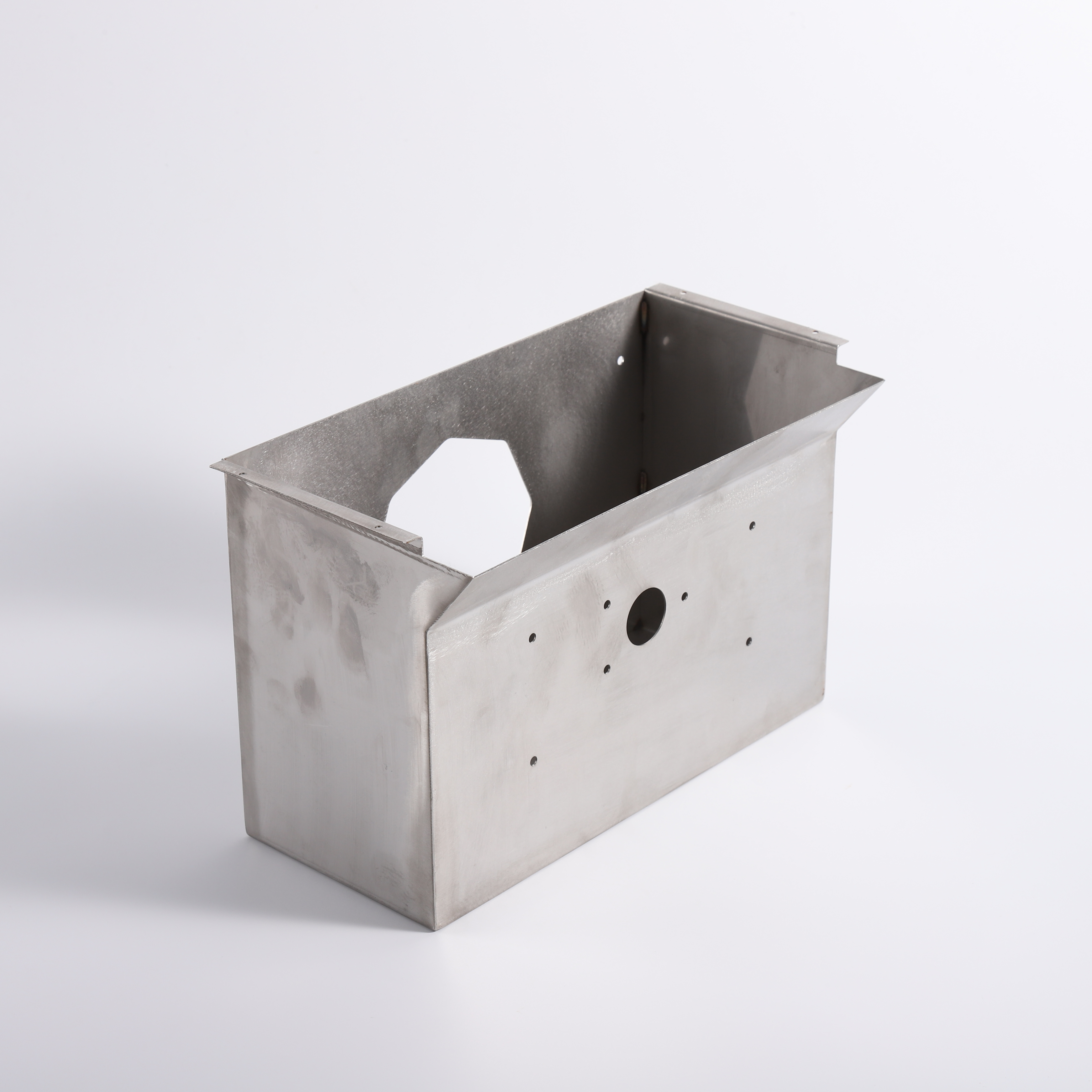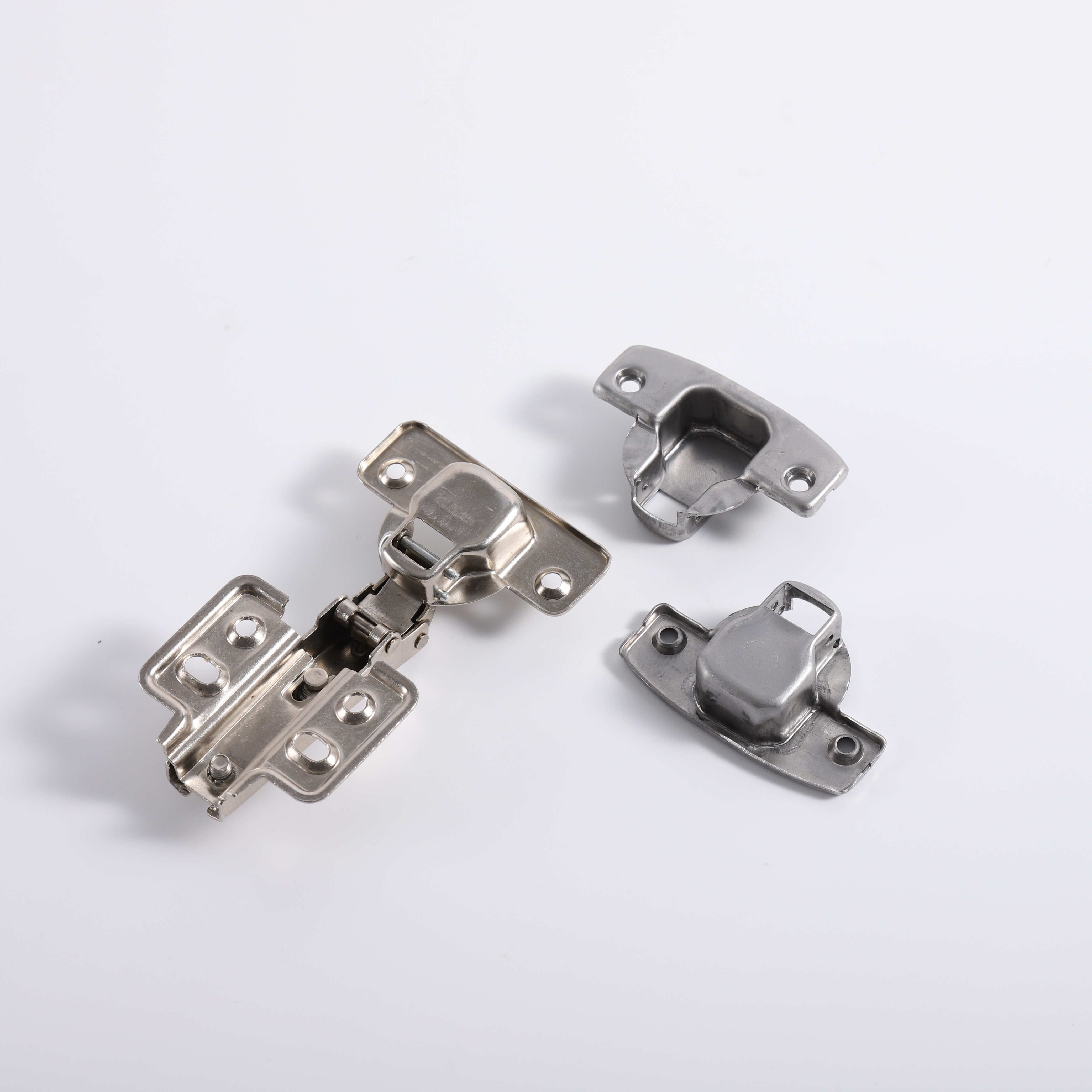In addition to a tin-containing more than 40% greater than the low impurity tin rich ore dressing may, without direct smelting, the other tin ore, after beneficiation generally required, then the enrichment and tin-containing more than 40% after smelting tin concentrates. In order to rationally select the beneficiation method and process, it is necessary to focus on the occurrence of tin in the ore, the size of the tin mineral, the composition and content of the ore material, the structural structure, the mud content and the surrounding rock properties. And the natural type and industrial type of ore are reasonably divided. The mineral processing methods commonly used in different types of tin ore in China: 1. Easy to choose ore: such as oxidized ore, cassiterite- quartz type ore, tin-containing granite type ore, commonly used for re-election or heavy-floating process. 2. Difficult choice of ore: such as cassiterite-sulphide skarn type ore, cassiterite-sulphide type ore, generally adopts heavy-floating-heavy, magnetic-floating-heavy ore dressing process or combined metallurgical process. 3. extremely refractory ores: The tin-containing iron ore magnetic skarn ore, use magneto - float - weight, fumed or other mineral processing smelt joint process. In some ore processing plants in China, in the case of fine ore, high iron content, low monomeric cassiterite and many iron and tin, the production of a variety of tin products, that is, maintaining or even improving the final tin concentrate At the same time of the grade, the output of some rich mines (tin 3-10%) and difficult to select mines (tin 1-2%), the tin recovery rate of tin increased by about 10%, increasing the production of tin. When tin and lead symbiotic ore, tin ore is difficult to pick a qualified, you can elect to send a tin-lead bulk concentrate smelter tin-lead solder or other alloys. The effects of common impurities: Arsenic : The entry of crude tin into smelting makes refining difficult. If the arsenic content is too high in refining, it will affect the quality of the tin plate, the non-toxicity of the package and the hardness, brittleness and plasticity of the tin metal. Arsenic volatilizes into soot (formation of cyanogenated cyanogen, etc.), pollutes the environment and seriously harms humans, animals and crops. 铋 : High content will affect the tensile strength limit and Brinell hardness of cast tin. Copper : High content will affect the stability and non-toxicity of tin plating. Affects the hardness, elongation, yield point, etc. of tin. Iron: high content makes it difficult to separate iron and tin during smelting, affecting the plasticity, corrosion resistance and hardness of tin. Lead: Partially volatilized into soot during smelting, polluting the environment and causing lead poisoning. 锑 : It is difficult to increase tin refining, and some of it enters the dust to cause pollution. Affects the elongation, hardness, tensile strength, etc. of tin.
Sheet metal forming processes are those in which force is applied to a piece of sheet metal to modify its geometry rather than remove any material. The applied force stresses the metal beyond its yield strength, causing the material to plastically deform, but not to fail. By doing so, the sheet can be bent or stretched into a variety of complex shapes. Sheet metal forming processes include the following:
l Bending
l Roll forming
l Deep Drawing
l Stretch forming
Bending
Bending is a metal forming process in which a force is applied to a piece of sheet metal, causing it to bend at an angle and form the desired shape. A bending operation causes deformation along one axis, but a sequence of several different operations can be performed to create a complex part. Bent parts can be quite small, such as a bracket, such as a large enclosure or chassis.
V bending and Wipe bending
Roll forming
Roll forming, is a metal forming process in which sheet metal is progressively shaped through a series of bending operations. The process is performed on a roll forming line. Each station has a roller, referred to as a roller die, positioned on both sides of the sheet. The shape and size of the roller die may be unique to that station, or several identical roller dies may be used in different positions. The roller dies may be above and below the sheet, along the sides, at an angle, etc. the roller dies are lubricated to reduce friction between the die and the sheet, thus reducing the tool wear. Also, lubricant can allow for a higher production rate, which will also depend on the material thickness, number of roll stations, and radius of each bend. The roll forming line can also include other Sheet Metal Fabrication operations before or after the roll forming, such as punching or shearing.
Deep drawing
Deep drawing is a metal forming process in which sheet metal is stretched into the desired part shape. A tool pushes downward on the sheet metal, forcing it into a die cavity in the shape of the desired part. The tensile forces applied to the sheet cause it to plastically deform into a cup-shaped part. Deep drawn parts are characterized by a depth equal to more than half of the diameter of the part. These parts can have a variety of cross sections with straight, tapered, or even curved walls, but cylindrical or rectangular parts are most common. Deep drawing is most effective with ductile metals, such as aluminum, brass, copper, and mild steel. Examples of parts formed with deep drawing include automotive bodies and fuel tanks, cans, cups, kitchen sinks, and pots and pans
Stretch Forming
Stretch forming is a metal forming process in which a piece of sheet metal is stretched and bent simultaneously over a die in order to form large contoured parts. Stretch forming is performed on a stretch press, in which a piece of sheet metal is securely gripped along its edges by gripping jaws. The gripping jaws are each attached to a carriage that is pulled by pneumatic or hydraulic force to stretch the sheet. The tooling used in this process is a stretch form block, called a form die, which is a solid contoured piece against which the sheet metal will be pressed. The most common stretch presses are oriented vertically, in which the form die rests on a press table that can be raised into the sheet by a hydraulic ram. As the form die is driven into the sheet, which is gripped tightly at its edges, the tensile forces increase and the sheet plastically deforms into a new shape. Horizontal stretch presses mount the form die sideways on a stationary press table, while the gripping jaws pull the sheet horizontally around the form die
Sheet Metal Forming,Sheet Metal Forming Services,Custom Sheet Metal Forming,Precision Sheet Metal Forming Suzhou FCE precision electronics Co., LTD , https://www.fukeyifcesz.com


